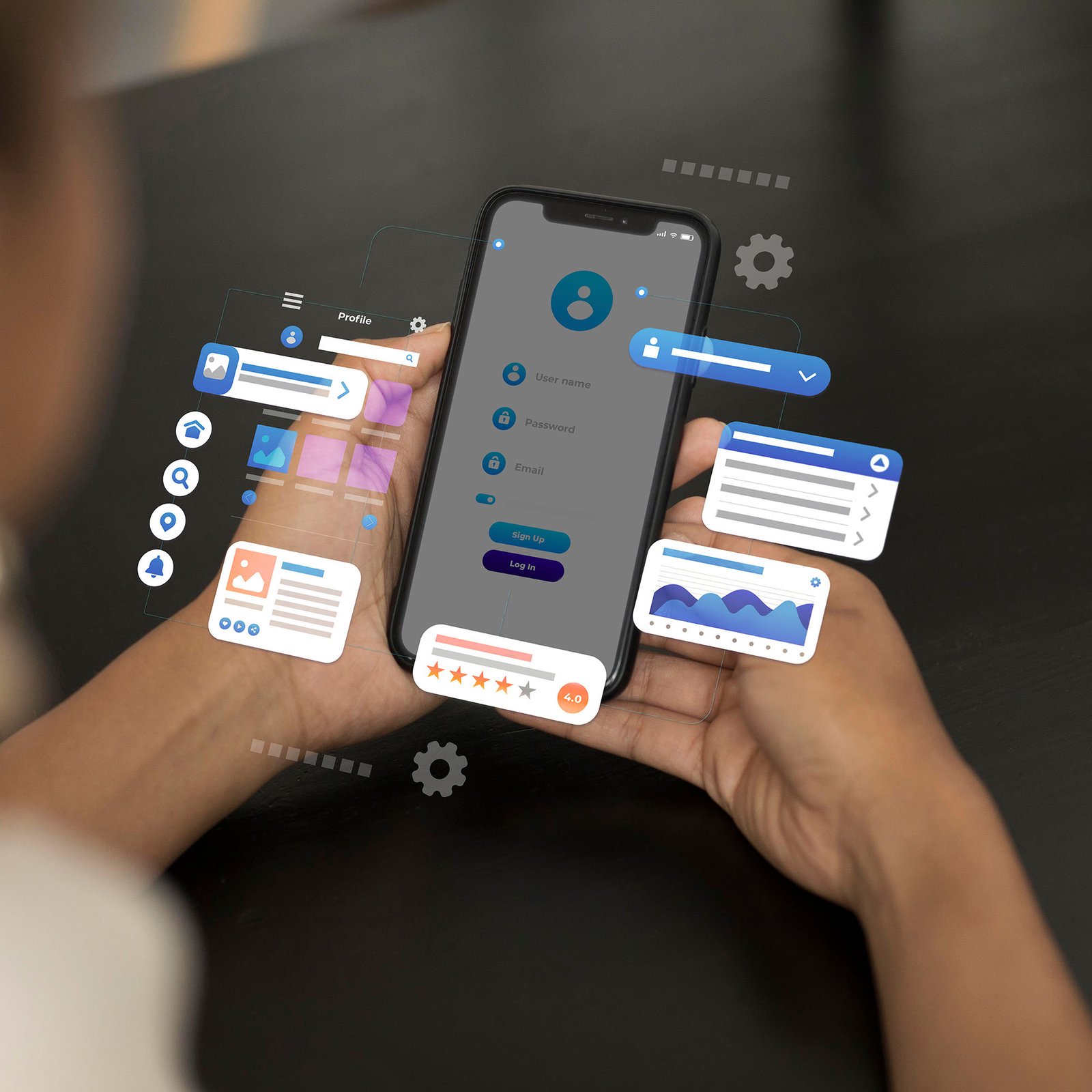Currently, there are a wide variety of operating systems available. When everything is taken into account, the Android operating system is the most widely used OS globally. And not by much, given that there are more than 2.5 billion active users of the Android operating system. It follows that understanding the importance of the Android platform is essential for anyone hoping to release a widely used mobile application.
However, Android app development can be difficult, especially for newcomers. In this case, Android development frameworks come in handy. They are a pre-written code collection that has been organized methodically and can be used to speed up and streamline the development process. To understand the latest frameworks available let’s understand what is an android framework.
What is an Android Framework?
An Android framework is a collection of Google-provided software tools, libraries, and guidelines for creating Android applications. It includes a variety of elements and functionalities that developers can use to expedite the process of creating Android apps and produce applications that are dependable, effective, and of high quality. The predefined modules and fundamental building blocks provided by the Android framework act as the basis for developing applications. In the context of developing mobile apps, an Android application development framework is a collection of resources, templates, and guidelines that programmers utilize to make the process of developing Android apps easier and more efficient. With prewritten code and reusable components that address common tasks and challenges in app development, the Android framework offers an organized foundation for creating apps. Between the developer and the more intricate details of the Android operating system, it acts as an abstraction layer.
Some of the leading Android Frameworks are:
Distinct Android frameworks present varying advantages and functionalities. As a result, before selecting the best for a given project, it is crucial to take some factors into account. Performance, cross-platform compatibility, user-friendliness, and community availability are a few common factors that need to be taken into account. These are the top frameworks for developing Android apps in 2023, though.
Flutter Framework
Google is the company behind the development of the first framework on our list. The Flutter framework is intended to help programmers create cross-platform, progressive applications. Apps for various platforms are created using a single codebase. For those who wish to develop a single program or app that can be used on multiple platforms, this makes it an excellent option.
The speed of apps created with the Flutter framework usually beats that of native apps. This is because Skia, an operating system-integrated graphics engine, is used by Flutter. This lets Flutter apps make use of the hardware native to the device to create slick, responsive user interfaces.
React Native
React Native platform was developed by Facebook. With the open-source React Native framework, JavaScript programmers can create native mobile applications. Facebook created it in 2015, and since then, its popularity as an Android framework has grown significantly.
React Native generates user interfaces with the JavaScript library. Because native UI components are used in their rendering, its apps have a native look and feel. Because of this, React Native is a great substitute for applications that must integrate native features or have high performance.
Given its well-known ease of use, developers familiar with JavaScript should have no trouble learning React Native. The framework is used to create native mobile apps by a large number of Fortune 500 companies and notable companies like Instagram, Walmart, Airbnb, and Tesla.
Kotlin Native
JetBrains created a technology called Kotlin Native, which allows the Kotlin programming language to operate outside of the conventional Java Virtual Machine (JVM) environment. Using Kotlin Native, developers can create native apps for iOS, Android, macOS, Windows, and Linux that run instantly on platforms without requiring a Java Virtual Machine. This technology lets developers take advantage of the expressiveness and conciseness of the Kotlin language, while also making it easier to create cross-platform applications. This is made possible by Kotlin Native, which optimizes performance and permits smooth integration with platform-specific features by compiling Kotlin code straight into machine code. By giving developers the freedom to distribute a sizable chunk of their codebase across several platforms, this method lowers development effort and encourages code reuse.
Xamarin
Xamarin is a potent cross-platform framework for developing mobile apps that let developers use a single codebase to create native applications for Windows, iOS, and Android. Utilizing the.NET framework and the C# programming language, Microsoft’s Xamarin offers developers a dependable and comfortable development environment. Xamarin’s capacity to share a large amount of code between platforms, enabling developers to write once and deploy on multiple devices, is one of its main advantages. A component of the Xamarin framework is called Xamarin. Forms provide a unified UI toolkit for creating native user interfaces, which further streamlines cross-platform development. Additionally, Xamarin gives developers access to platform-specific features and deep integration with native APIs, guaranteeing that they can create a native user experience on every target platform.
Native Script:
A flexible open-source framework called Native Script is made for creating cross-platform mobile applications. Using a single codebase and well-known web technologies like Angular, TypeScript, and JavaScript, Native Script, developed by Progress, enables developers to create native applications for iOS and Android. Native Script is unique in that it gives developers direct access to native UI components and APIs, allowing them to design applications that have a truly native feel and appearance. The framework’s extensive plugin and extension support makes it easier to integrate third-party services and device-specific features with ease. A special abstraction layer offered by NativeScript also enables programmers to create UI elements that are readily interchangeable between the iOS and Android platforms. Applications that combine this flexibility with the framework’s performance optimization are effective and deliver great performance.
JQuery
Using HTML5 technology, JQuery Mobile is a framework for Android development that creates highly responsive platforms that run on a variety of operating systems, including Windows, Symbian, Blackberry, Android, and iOS. The JavaScript jQuery framework serves as its foundation. A 2023 Stack Overflow survey indicates that 22.87% of developers use JQuery, making it the third most popular framework. Additionally, it powers several well-known smartphone apps, including the Starbucks and Foursquare apps.
Iconic
An open-source framework called Ionic is popular for creating cross-platform mobile apps. Using a single codebase, Ionic enables developers to create native-like experiences for iOS, Android, and the web by utilizing web technologies like HTML, CSS, and JavaScript. Ionic is unique because of its integration with Angular, a feature-rich and popular web application framework that improves development through features like two-way data binding. With Ionic, developers can easily create aesthetically pleasing and responsive applications by using its library of pre-designed UI components. The framework also allows for the use of Cordova plugins, which gives users access to native features and services on their devices. Ionic enables developers to create cross-platform apps quickly and effectively by combining web technologies, Angular integration, and a large selection of UI components.
Kivy
An open-source Python framework called Kivy was created specifically for creating cross-platform mobile applications. Kivy, which is well-known for its adaptability and simplicity, enables programmers to create apps that run on a variety of operating systems, including Windows, Linux, macOS, iOS, Android, and iOS. Kivy stands out due to its utilization of a natural and succinct Python programming language, which makes it user-friendly for a diverse set of developers. Because the framework is touch-centric, it works especially well with touchscreen devices. Because Kivy supports multi-touch events, it’s perfect for developing gesture-based and interactive applications. Kivy promotes quick development and experimentation with an emphasis on creativity and innovation. Because of its vibrant community and ease of deployment across various platforms, Kivy is a desirable option for developers looking for a framework for creating cross-platform mobile apps that run on Python.
To reiterate it can be argued that there are a wider number of options available for app development. The above-mentioned 8 platforms are anticipated to gain wider currency in the approaching year too. From straightforward utility apps to intricate, feature-rich applications, the Android framework offers a stable and adaptable platform for creating a broad variety of applications. The framework’s components and APIs can be used by developers to make Android apps that are effective, responsive, and compliant with various platforms. If you want to get a customized app designed and built as per your expectations and business demand you can rely on Zimo our team to provide you app built on the latest framework.





